6 Botanicals That Attract Good Luck and Positive Energy
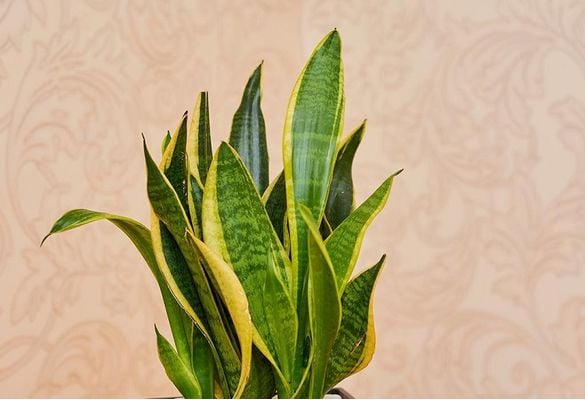
Think you could use a little extra luck this year? Decorate your home with fresh flowers and plants that are considered to be lucky and effective enhancers of good energy and boosters of chi.
Jade Plant
“Jade by the door, poor no more.” Ever heard of this saying?
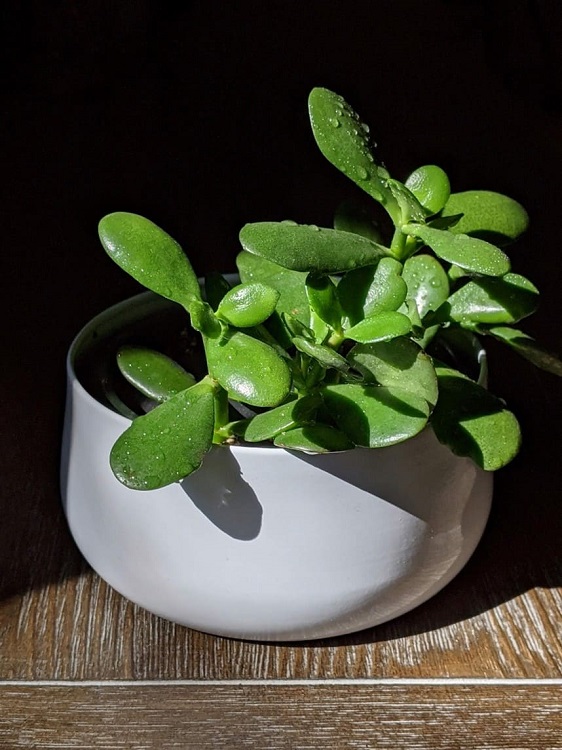
See those leaves? Round, fat, vibrant, and lush – just how you’d want your wallet to look like. A jade plant is considered a good luck plant given its looks. Scientifically known as Crassula ovata, the jade plant features leaves resembling jade coins or stones which are symbolic of prosperity and wealth. The green, fleshy, shiny, and smooth leaves store water which signifies stored wealth. This evergreen succulent has vibrant green leaves symbolic of growth.
Regarded as a money plant, this botanical is believed to increase the flow of positive energy and activate wealth. It is traditionally given as a business gift or housewarming present. A popular good luck charm in Asia, you’ll see the Jade Plant displayed in shop or restaurant entrance or southeast locations of a home.
Pachira Money Tree
Commonly used in Feng Shui, the Pachira Money True with the braided trunk is believed to be a symbol of luck and prosperity. The braid is said to trap good vibes and fortune within its folds while the five green leaves on each stalk of the plant represent the five elements (earth, water, wind, fire, and metal) in balance. The braided stems also symbolize longevity and interconnectedness.
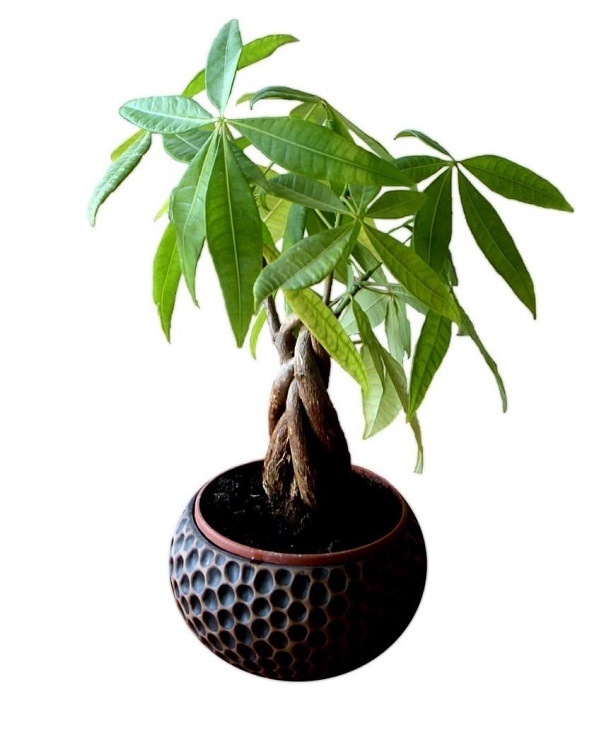
If you find a rare Pachira Money Tree with seven leaves, luckier you! Seven leaves on money trees mean extra good luck. Seven is a number associated with completeness, perfection, or wholeness which could mean you can have just everything that you may need in life.
According to Feng Shui, the best place to put your Pachira Money Tree is in the wealth corner of your place or the southeast of your space. In businesses, you’ll commonly see a mini Pachira Money Tree placed near the cash register.
Snake Plant
Sanseviera trifasciata, mother-in-law’s tongue, or snake plant – this evergreen perennial with a distinctive look offers protective energy when placed in the right spot. Those pointed leaves are believed to provide a shield against negative energies. But for the plant to do its magic, it must be placed on the balcony or outdoors.
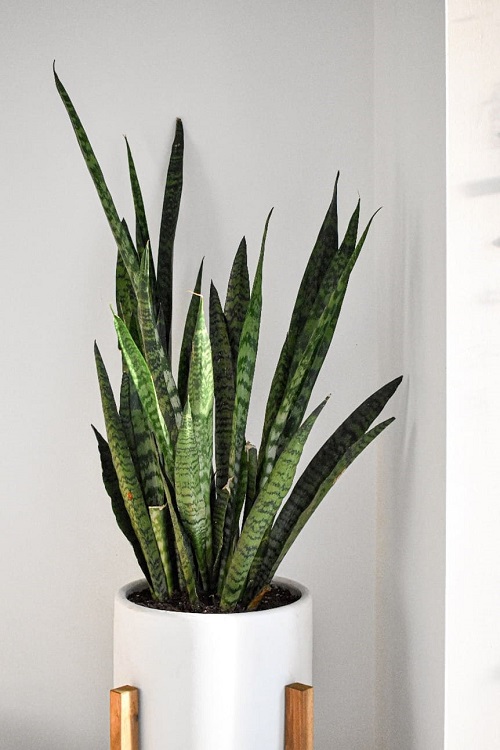
As a luck-boosting plant, the snake plant’s leaves point in an upward direction which signifies growth and progress.
Azaleas
In China, azaleas are referred to as “sixiang shu” which means ‘thinking of home bush.’ It’s a flower that refers to your “roots” – your home or family. During Chinese New Year, most Chinese families will have blossoming azaleas in their front yard to greet their guests with good wishes upon arrival. This flower is said to encourage a happy home and family life. Azaleas make great gifts to family to let them know you miss them or you value them.
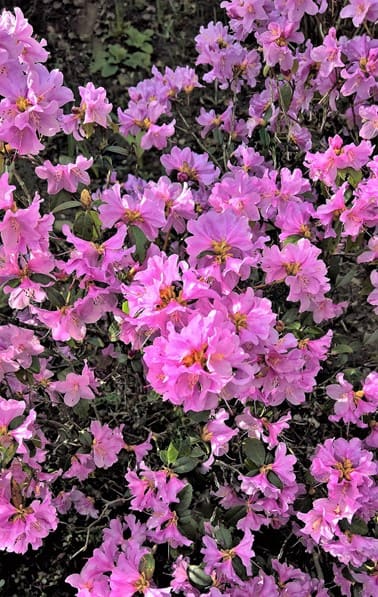
Azaleas are also said to symbolize abundance in beauty, intelligence, and wealth given their brilliant display of brightly colored flowers.
Marigolds
Could it be the gold in marigold?
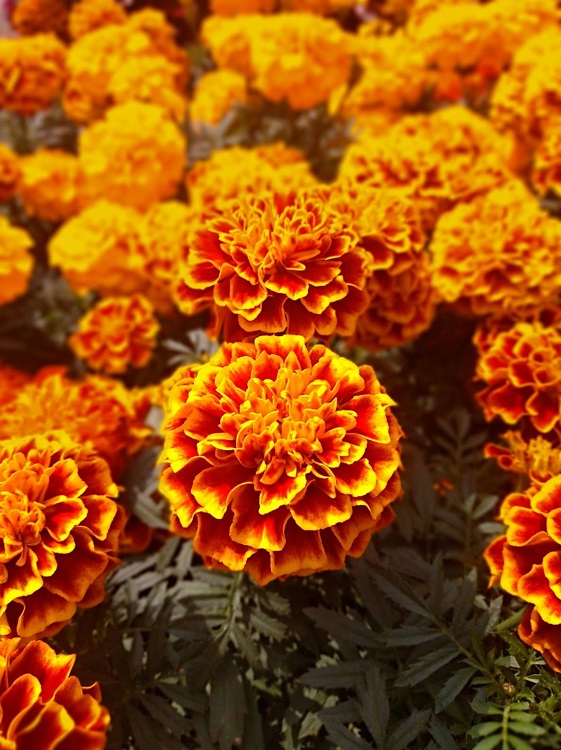
According to Vastu, an ancient Hindu architectural tradition, yellow marigolds manifest good fortune and attract positive energy into one’s home. It must be placed on the main door or the space’s north or east direction. The sunny yellow-orange marigold flowers reflect the sun’s warmth and are said to bring vibrance and energy to a space.
Orchids
Feng Shui says orchids bring good luck and fortune in love. Orchids are flowers believed to nurture relationships, enhance the chance of finding love, and symbolize purity and fertility. The orchid color determines the luck potency. Violet orchids are considered to be the most auspicious while pink orchids ignite passion and are perfect for mending relationships. White orchids are said to bring harmony in the house by filling it with peace, calm, and clarity.
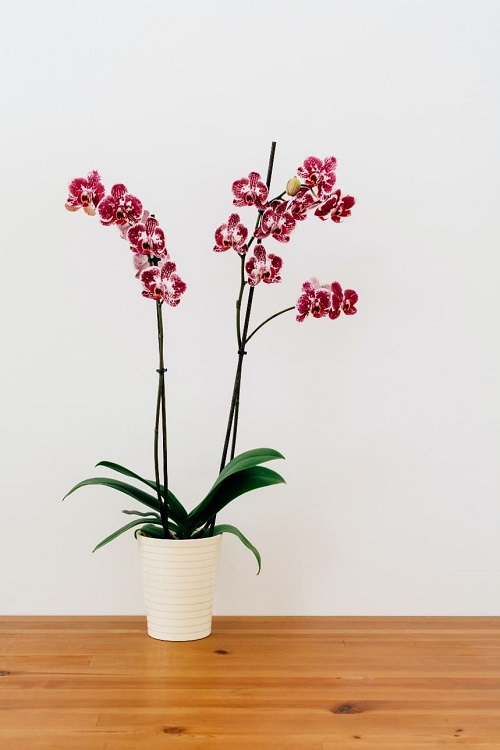
Vastu says orchids attract positive energy, prosperity and growth. That’s why you’ll commonly see purple phalaenopsis in offices. Vastu recommends placing orchid plants in the southwest area of a home.
